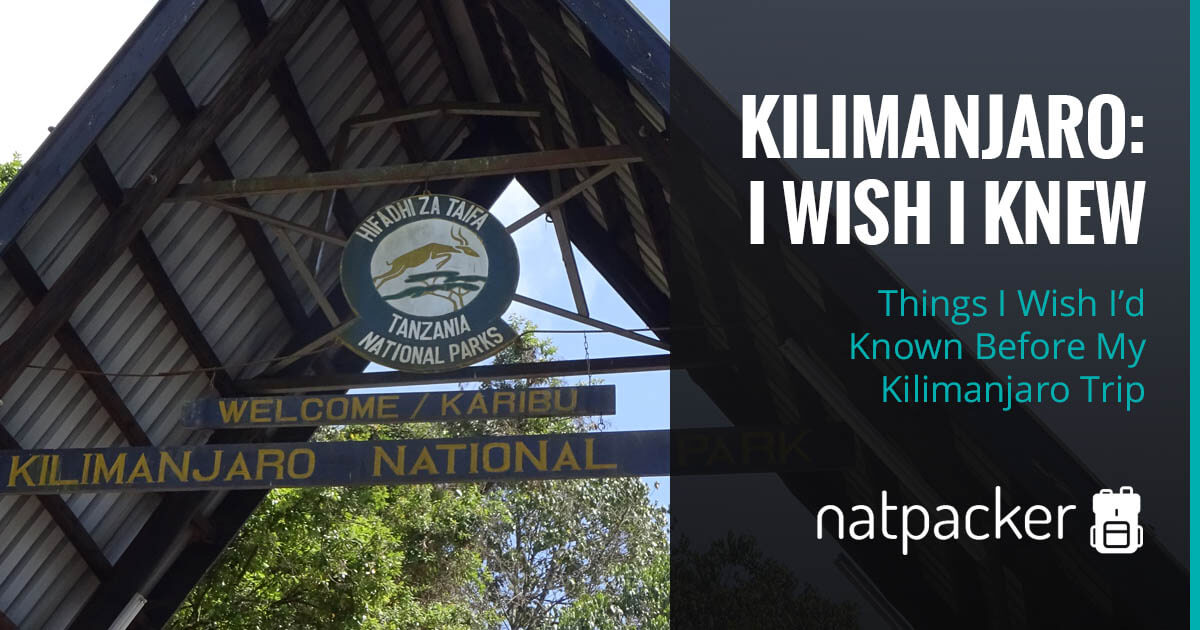Planning your trip to climb Kilimanjaro is a big task. There’s lots to plan and even more questions. I had a few issues that cropped up either just before or during my trip. The help from the company I used was not always great, it seemed at times that they did not understand my questions. And at times I hadn’t read the small print properly. As you want to triumph in you Kilimanjaro climb, a couple of speed bumps can become a major stress. I encountered some major issues and some very minor. Looking back, here’s what I wished I’d known before climbing Kilimanjaro:
Check Your Insurance Goes To 5895m
Luckily, I realised our mistake with this a couple of weeks before our trip! Which really was lucky as without the correct insurance, me and Dave would not have been allowed to climb!
We have travel insurance included with our bank account. It turns out this did not cover the correct altitude. I was unsure of this to begin with and went in the bank to ask, all they could do is tell me the insurance website. Then it was a case of searching through the small print with a fine toothed comb – they don’t make it easy! I found the fact that the altitude was not covered so we managed to get the extra insurance needed a few weeks before our flight.
As our bank account insurance is for more ‘normal’ travel so to speak, I should’ve known really. It’s better to go with an insurance company that is designed for adventurous/solo travellers, such as World Nomads.
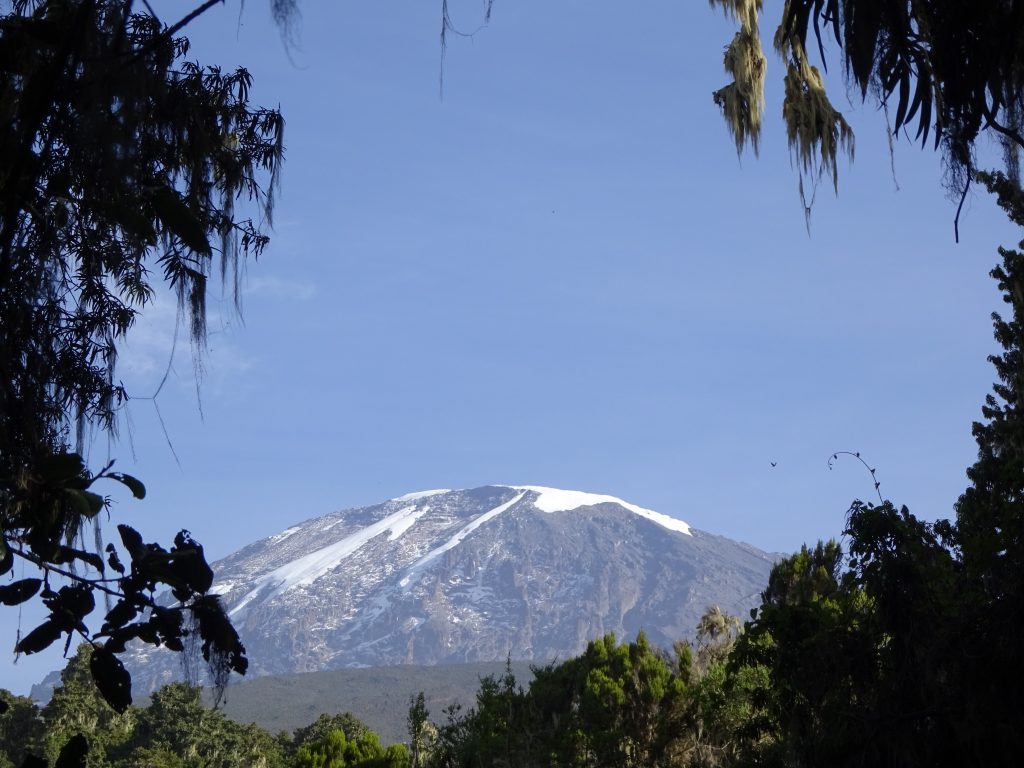

Does Your Insurance Cover You To The Top?
The Correct Currency
This should be easy, it is in most other countries. But oh no. The currency of Tanzania is the Tanzanian Shilling (TZS). However this is what is known as a closed currency. This means that you can only get the currency in the country, for some reason no one explained this to me. I asked our tour company and other travel agents. Another thing no one told me was that it is easiest to take US Dollars. This is because a lot of the businesses/staff have USD bank accounts, so many shops/restaurants etc. will accept USD. It’s also much easier to change USD to TZS, if you even need to.
I don’t know why no one told us just take US Dollars. It would’ve been so much easier. We found out about closed currency and so just took GB Pounds, to change when we arrived. Unfortunately only the hotel would change GBP to TZS and only small amounts at a time. Fail.
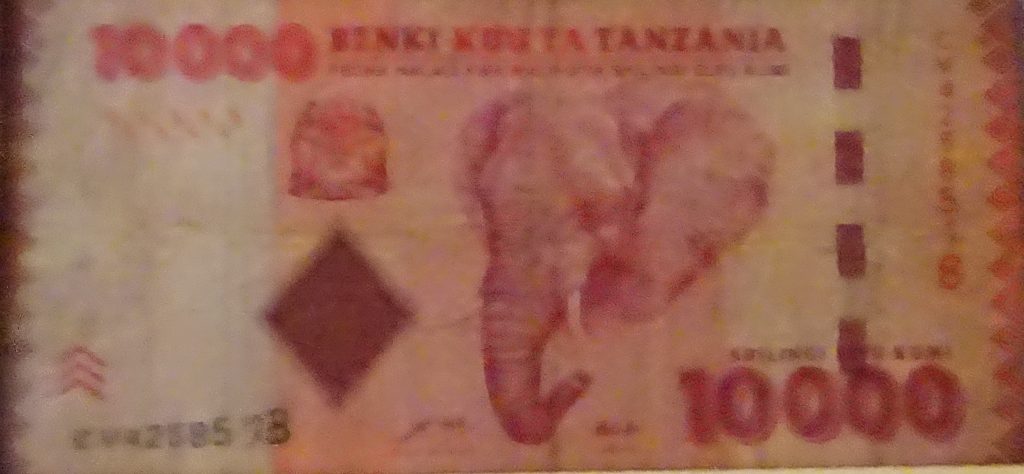

Tanzanian Shillings
Polepole
I feel bad about this. It’s only a really minor thing. But as soon as you get on Kilimanjaro you will hear a lot of “Polepole” which is Swahili for “Slowly slow”. The pace the guides set is painfully slow. I was a little annoyed. But it all makes sense, it reserves your energy, so you are ready for the final ascent. It’s vital that you walk so slow. After a few days I was appreciating the slow pace!
Diamox
Diamox is a medication that can help relieve the effects of altitude sickness. Me and Dave took some with us, just incase. The doctor told us to take them the day before and then once a day after reaching 3000m. When we got there, the guides were totally against us taking Diamox. They said we wouldn’t need it as we climb high and camp low, which allows your body to adjust.
However, on day 4 of our trip (day 3 of the climb) me and Dave had started to feel some effects of altitude. I was finding the walk harder and harder, nothing major really. But we both took the Diamox that night as we did not want it to get worse, wanted to ‘nip it in the bud’. Huge mistake. I awoke with the worst ‘pins and needles’ in my legs. I literally couldn’t move them without a sharp burst of pain, let alone stand up and walk! Luckily the worst of the side effect was over in 30 mins (felt like days though) and I was completely fine after a few minutes of walking. Needless to say, we took no more Diamox.
So, on this, listen to your guides. They have other ways to help you with altitude sickness, natural ways. Believe me, you don’t want those side effects.
Book Your Own Taxi To The Airport
Just do it. We booked via the company we went with. The taxi to the hotel from the airport was fine, on time, great. The way back… He was so late we almost missed the flight. We were extremely lucky to be let on and he knew it, he didn’t hang around for a tip! ‘African time’ isn’t good when you have to be somewhere.
So my advice, get your hotel to book for you or do it yourself. Tell them your flight is an hour or so before it actually is, then you should make it! It’ll probably be cheaper too! We were fine paying over the odds as we thought it’d take a headache away, it didn’t, it made it worse!
One For The Girls
Practise squatting. Seriously, I could not believe how difficult trying to pee was! And what’s worse, the higher you climb, the smaller the holes are in the loos! So you have to be able to hold yourself steady whilst squatting and aim! So difficult, I was tempted to find a rock to hide behind in some camps, just so I didn’t have to aim!
The Correct Tip
The main thing I wish was explained better. I’m still not sure if my group tipped a good amount or not, most seemed happy. Anyway, you are expected to tip the whole crew, but some get more than others depending on how much work they did. I think we gave the summiting porter too much, but I really felt I wouldn’t have made it without him!
The itinerary gives you an idea of what you should be tipping per day, but this is for the entire staff, it doesn’t tell you how to split it. Our guides wouldn’t tell us either. We pooled our money together then figured out percentages, which I think just made it even more confusing! And to make matters worse we had three types of currency – USD, TZS and GBP. So back to the currency, just take USD! They are fine having their tips in USD, in fact most prefer it!
It can also get difficult depending on what notes and coins you have. Try to get the lowest denotations possible.
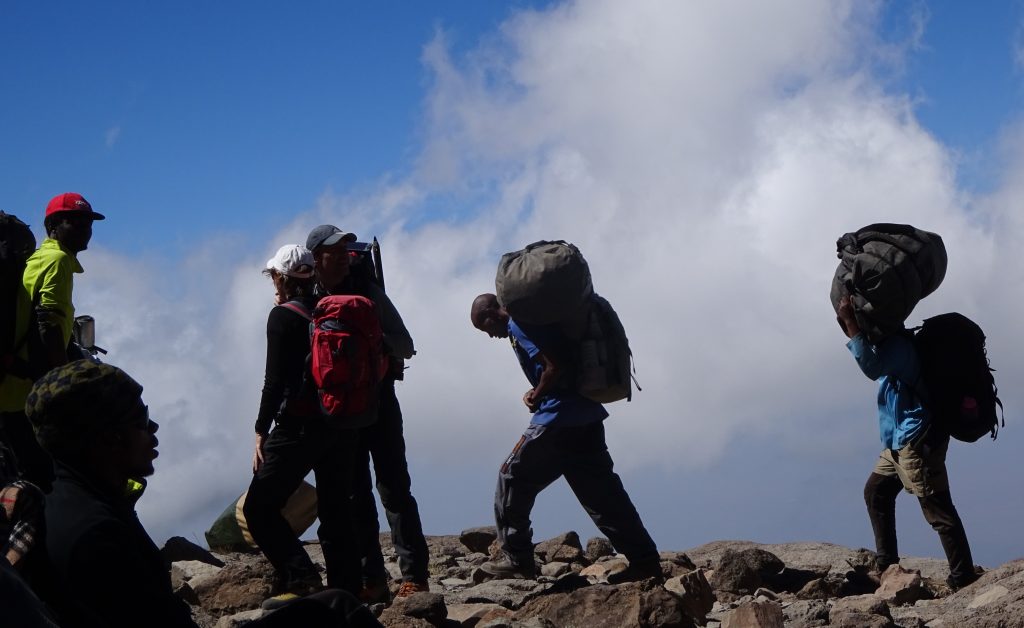

Let’s Face It, They Deserve A Tip
A Rough Idea
So what should you tip? The thing is it depends on a few factors. It depends on the length of your climb (as you tip per day) and your group size (more people means more staff). The group size doesn’t affect the total too much as you split it. So, here is a very rough guide that should help you, but take it with a pinch of salt, use some common sense, discuss and think if anyone has given you personally brilliant service. So here is the base line you should use:
Porters – $12 per day
Hard Working Porters i.e. Your personal porter – $15 per day
Summiting Porter – $20 per day
Cooks – $20 per day
Assistant Guides – $25 per day
Head Guide – $30 per day
Here are a couple of examples, using the Machame Route, which is a 7 day climb:
So, if you are in a group on your own, you would have:
2 Porters
1 Cook
1 Guide
Therefore you would give:
$168 – $210 for the porters to split (probably give the summiting porter a little extra)
$140 to the cook
$210 to the guide
This makes a total of $518 – $560
For our group, which was a group of 5 we had:
11 Porters
1 Summiting Porter
3 Cooks
2 Assistant Guides
1 Head Guide
So our pool of tips should’ve have equalled:
$924 – $1155 for the porters to split (you may want to give each personal porter slightly more, but that’s up to you)
$140 for the summiting porter
$420 for the cooks to split
$350 for the assistant guides to share
$210 for the main guide
This makes a total of $2044 – $2275, which is $408.80 – $455 per person
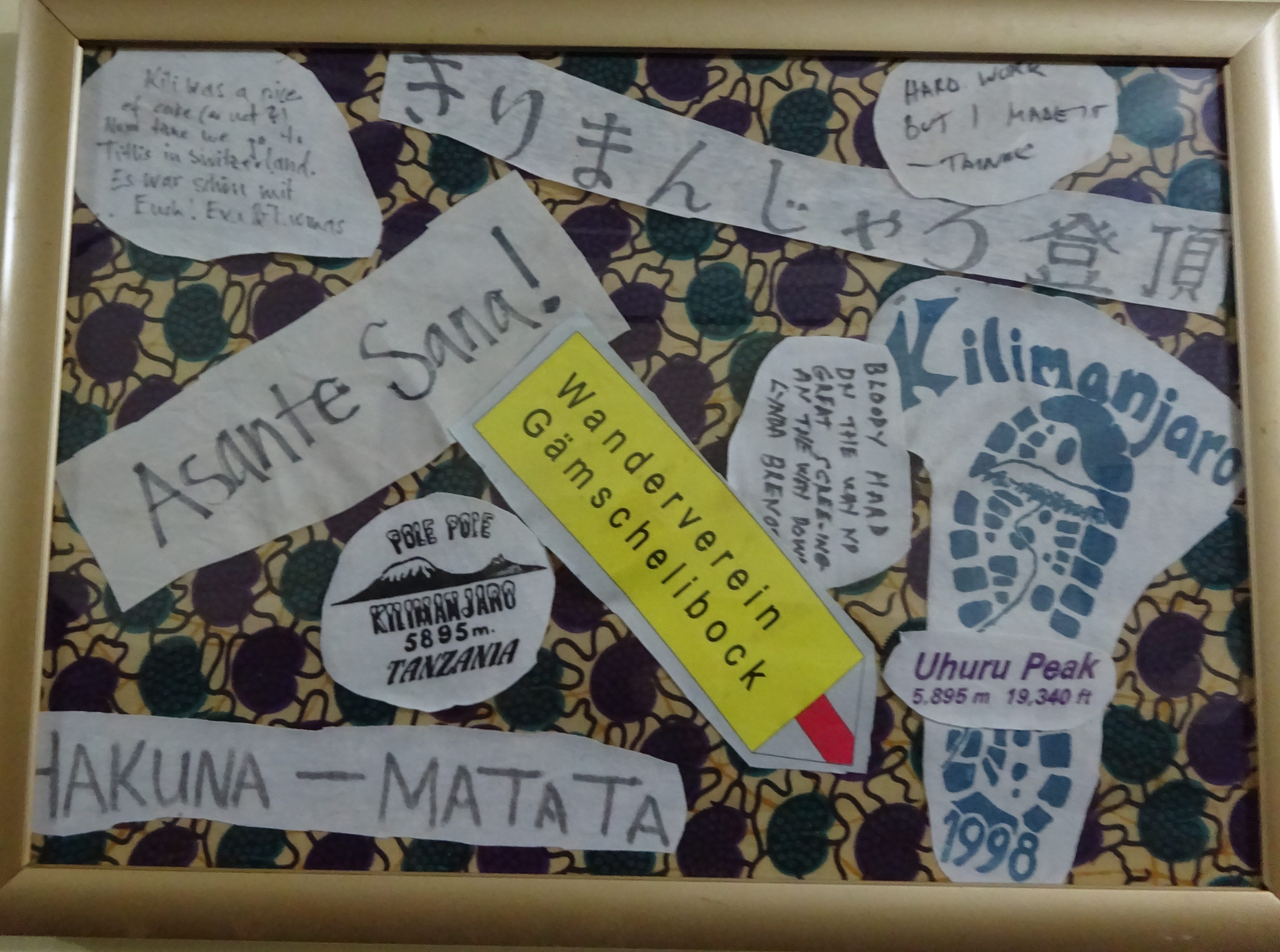

Enjoy Your Climb!
Hopefully all this will make your Kilimanjaro trip easier! Not that anything ruined mine, I loved it, so glad I did it. I just wish someone had told me these things!
Want to read about my Kilimanjaro Adventure? Start with the Planning and Preparation
